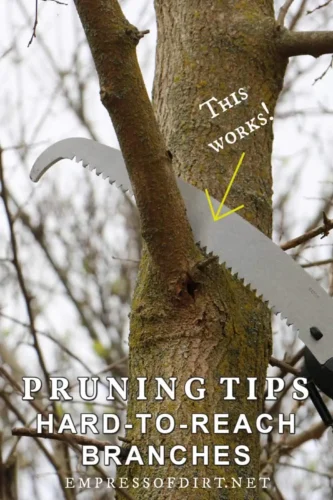Tree Pruning Tips: Maintaining the Majesty of Your Trees
Welcome to our comprehensive guide on tree pruning tips! As experienced arborists, we understand the importance of maintaining the health and beauty of your trees.
Proper tree pruning not only enhances their appearance but also ensures their longevity and safety.
In this article, we will delve into the best practices for tree pruning, providing you with valuable insights and practical steps to help you outrank other websites on Google and become a tree pruning expert.
1. Understanding the Purpose of Tree Pruning
Tree pruning is an essential horticultural practice aimed at improving the overall well-being of trees. Some key objectives of pruning include:
1.1 Enhancing Tree Structure
Pruning helps to create a strong and well-balanced tree structure by removing weak or crossing branches. This prevents potential hazards during storms or high winds.
1.2 Stimulating Growth and Fruiting
Strategic pruning encourages new growth and enhances fruit production. By cutting back certain branches, you can redirect the tree’s energy to areas where it is needed the most.
1.3 Removing Diseased or Dead Wood
Regular pruning allows for the early detection and removal of dead or diseased branches, preventing the spread of infections and preserving the health of the tree.
1.4 Improving Aesthetics
Pruning enhances the overall appearance of trees, making your landscape more visually appealing and increasing your property’s curb appeal.
2. Identifying the Right Time for Tree Pruning
Timing is crucial when it comes to tree pruning. Performing the task at the right time ensures maximum benefits for the tree and minimizes potential risks. Here are some guidelines for determining the appropriate time to prune:
2.1 Dormant Season Pruning
For most tree species, the dormant season, which occurs during late winter or early spring, is the best time for major pruning. Trees are less susceptible to stress during this period, making it easier for them to recover.
2.2 Avoid Pruning During Active Growth
Pruning during the growing season can disrupt the tree’s natural growth pattern and lead to excessive sap loss. It is best to refrain from pruning during this time, especially for flowering trees, to preserve their blooming potential.
3. Essential Pruning Techniques
To achieve optimal results, it’s crucial to follow the right techniques when pruning your trees:
3.1 Crown Thinning
Crown thinning involves selectively removing branches within the tree’s canopy to improve air circulation and light penetration. This technique reduces the risk of disease and improves the tree’s overall health.
3.2 Crown Raising
Crown raising entails removing the lower branches of a tree to provide clearance for pedestrians, vehicles, or structures. However, it’s essential to avoid excessive removal, as it may compromise the tree’s stability.
3.3 Crown Reduction
Crown reduction is the careful removal of specific branches to reduce the tree’s height or spread. It should be done with precision to maintain the tree’s natural shape and integrity.
4. Equipment and Safety Precautions
When pruning your trees, it’s essential to use the right tools and take safety precautions seriously:
4.1 Selecting the Right Tools
Invest in quality pruning equipment, including pruning shears, loppers, handsaws, and pole pruners. Using sharp and clean tools ensures clean cuts and minimizes the risk of infection.
4.2 Wearing Protective Gear
Always wear appropriate safety gear, such as gloves, safety goggles, and a helmet, to protect yourself from falling debris and potential accidents.
4.3 Hiring Professional Arborists
For large or complex pruning jobs, consider hiring a certified arborist. They have the expertise to handle the task safely and effectively.
5. Common Pruning Mistakes to Avoid
To ensure the success of your pruning efforts, avoid these common mistakes:
5.1 Topping
Topping, the indiscriminate removal of large branches or the tree’s crown, is harmful and should be avoided. It weakens the tree, promotes decay, and ruins its natural beauty.
5.2 Over-Pruning
Over-pruning can lead to stress and cause irreversible damage to the tree. Never remove more than 25% of the tree’s canopy in a single pruning session.
5.3 Pruning Close to the Trunk
Avoid cutting too close to the main trunk, as it can create a wound that the tree may struggle to heal.
6. Conclusion
Proper tree pruning is an art that requires knowledge, precision, and dedication.
By following the guidelines and techniques outlined in this article, you can ensure the health and longevity of your trees while enhancing the beauty of your landscape.
Remember, every pruning decision you make can impact the tree’s future growth and appearance.
If you’re unsure about how to proceed or have concerns about your tree’s health, don’t hesitate to consult a professional arborist for expert advice.
Tree Pruning Tips: Maintaining the Majesty of Your Trees
So, go ahead and take care of your trees, and let them flourish for generations to come!

